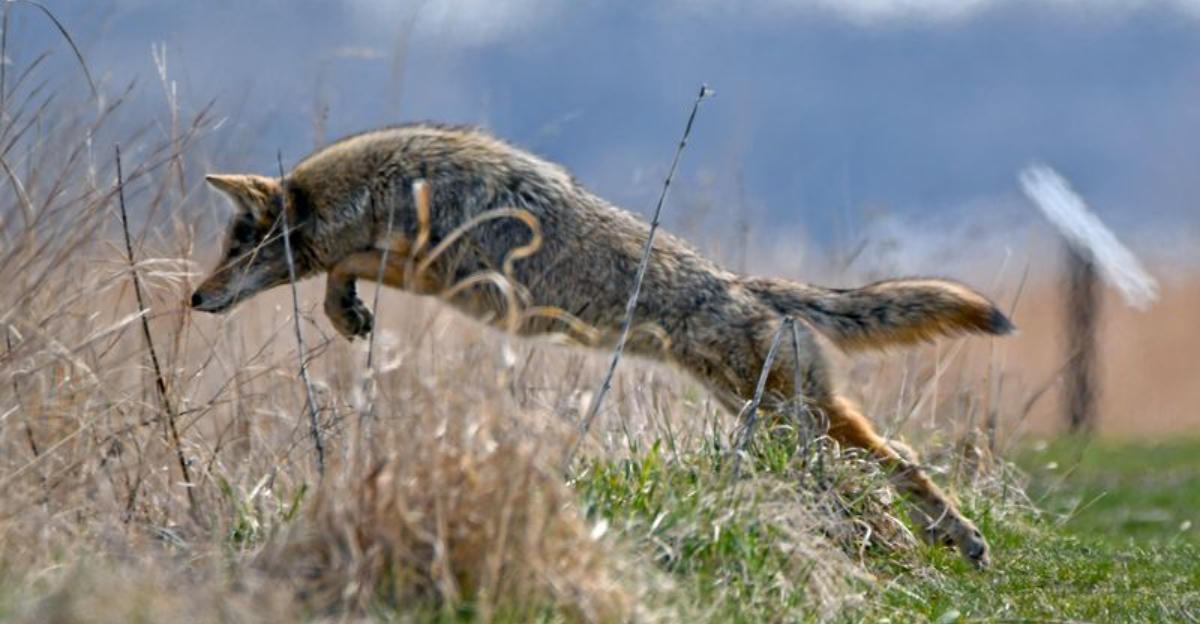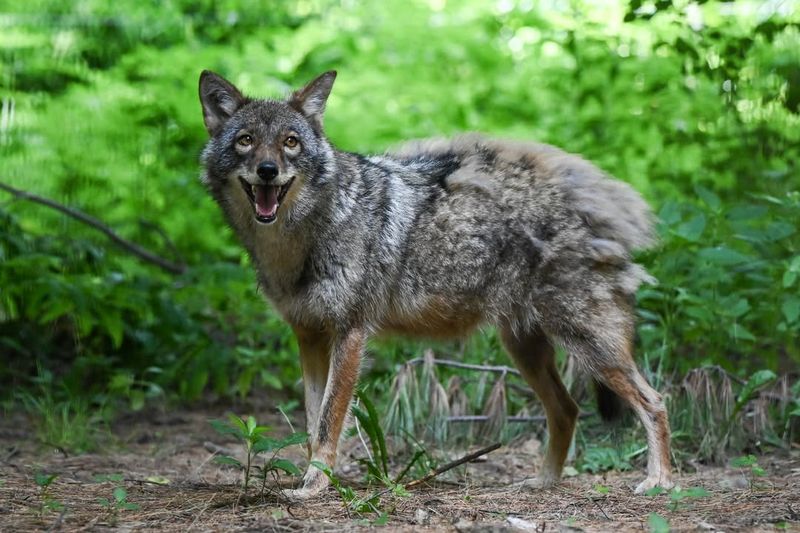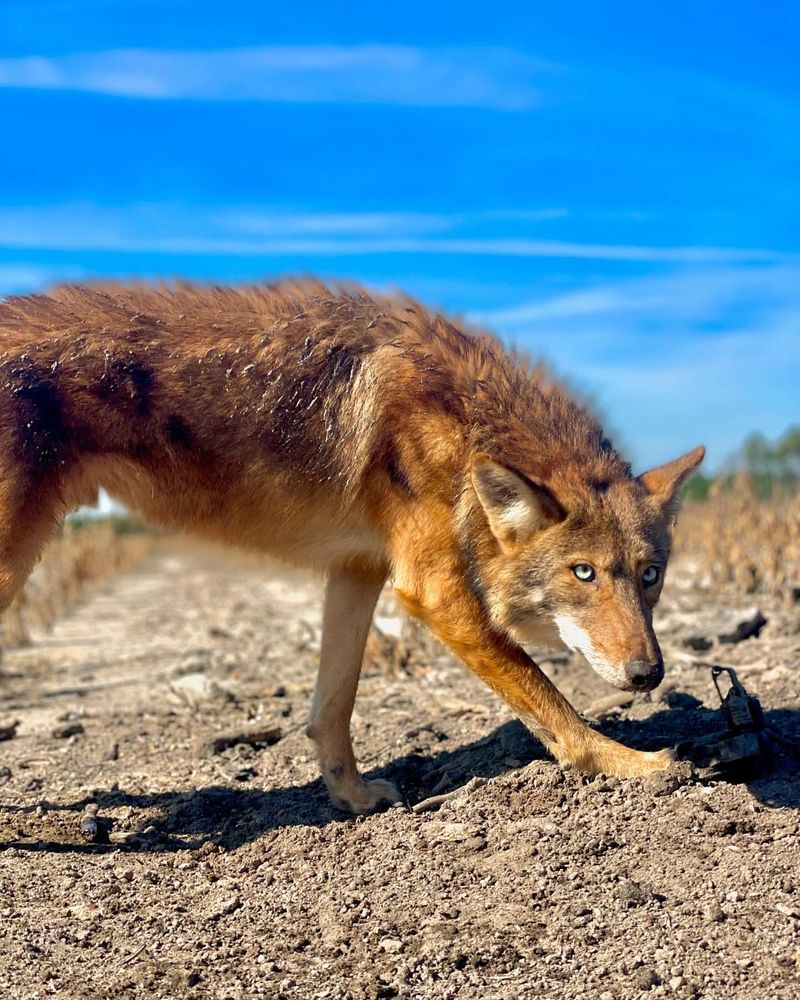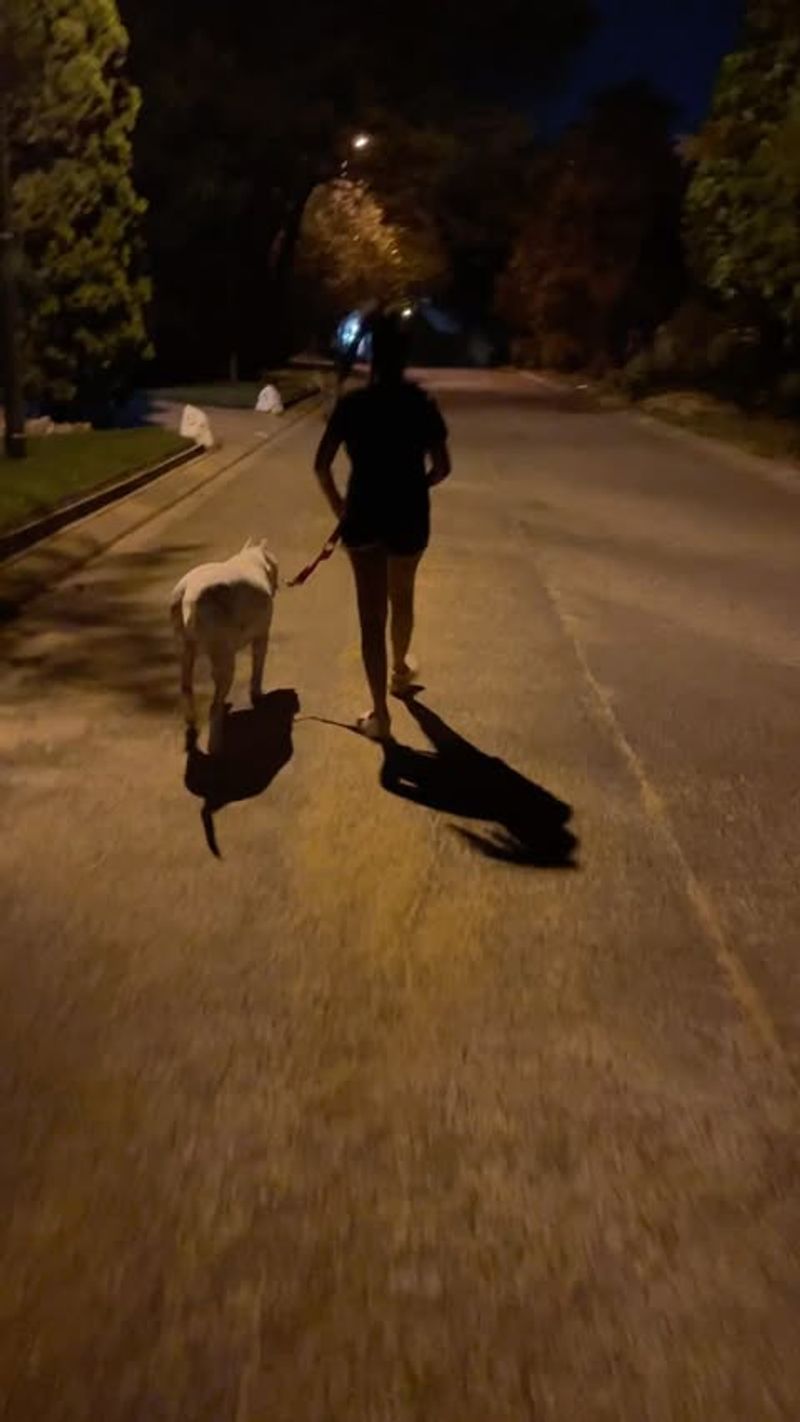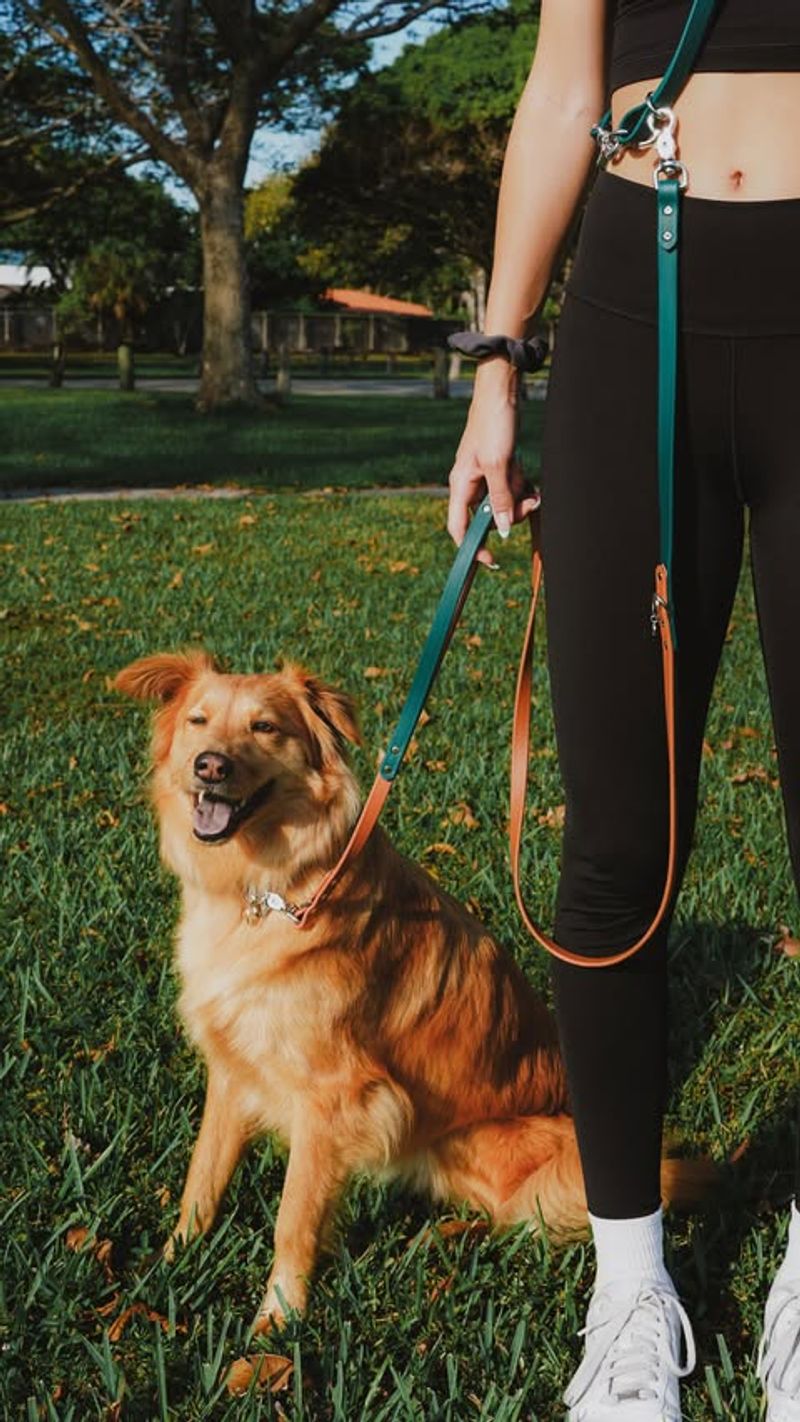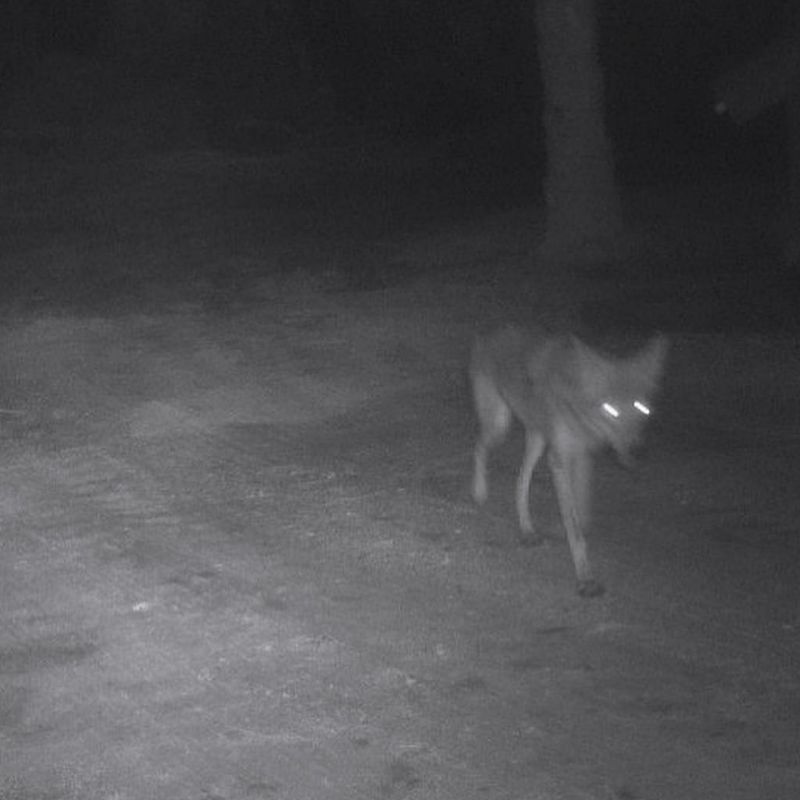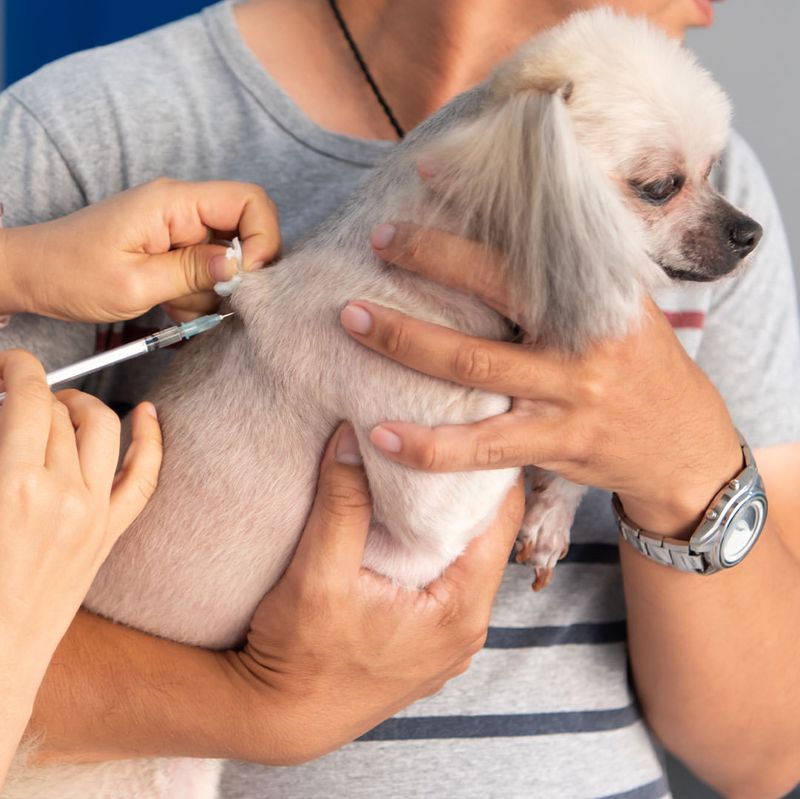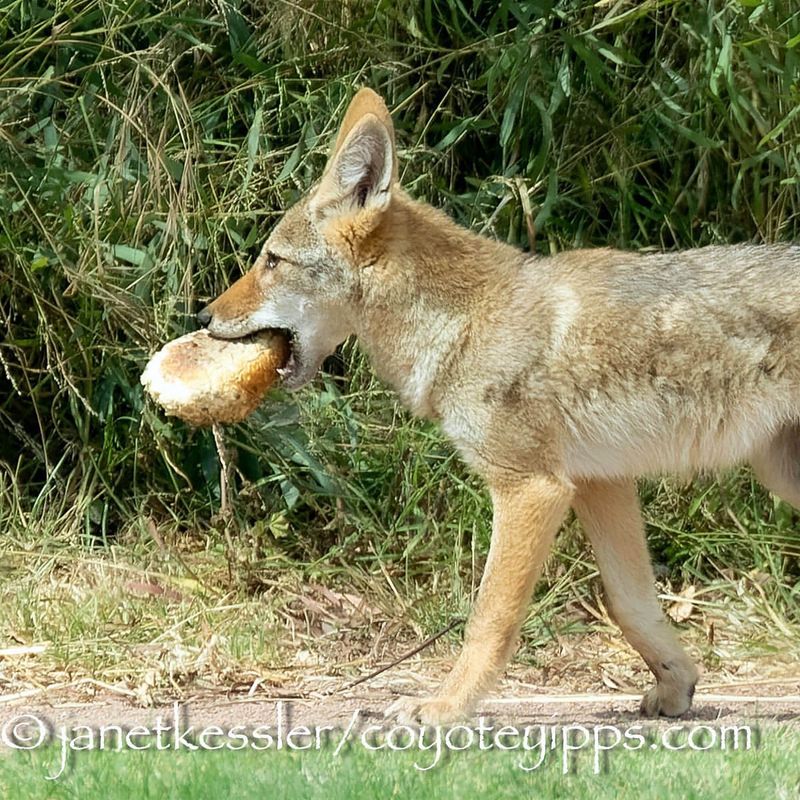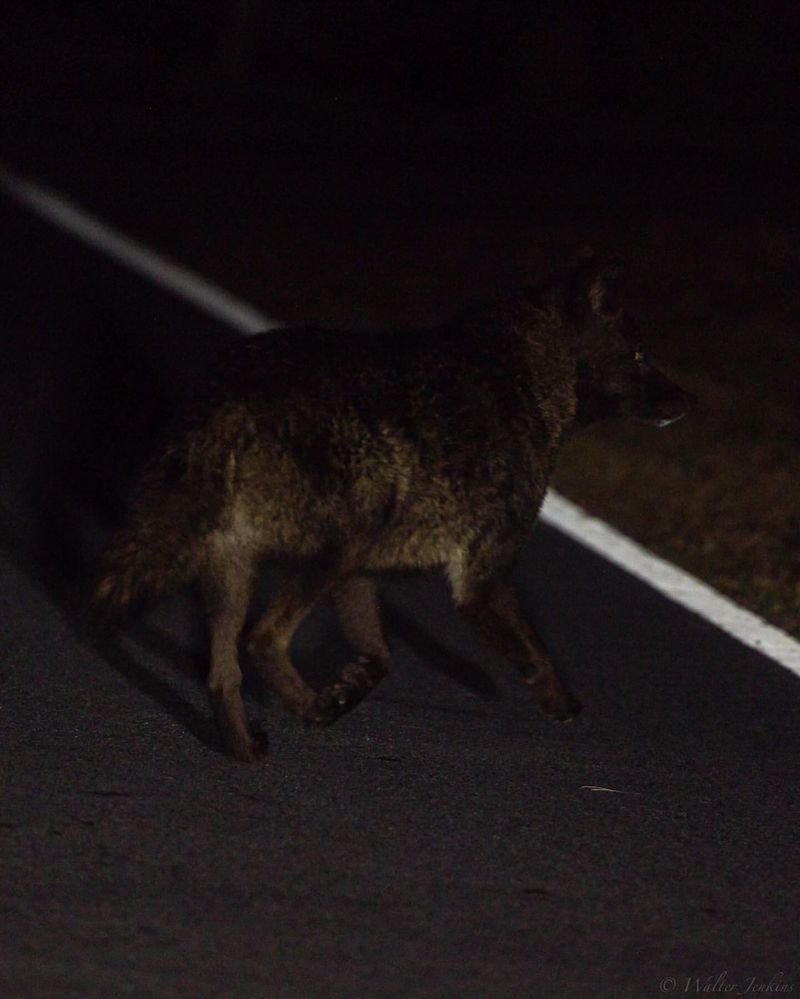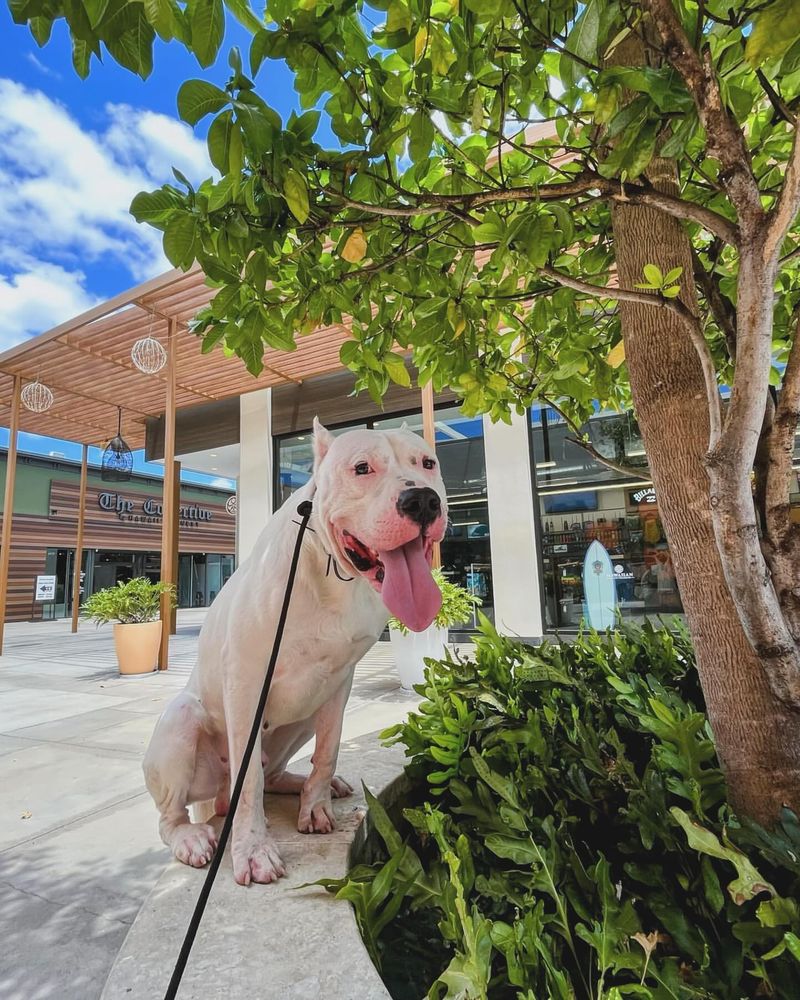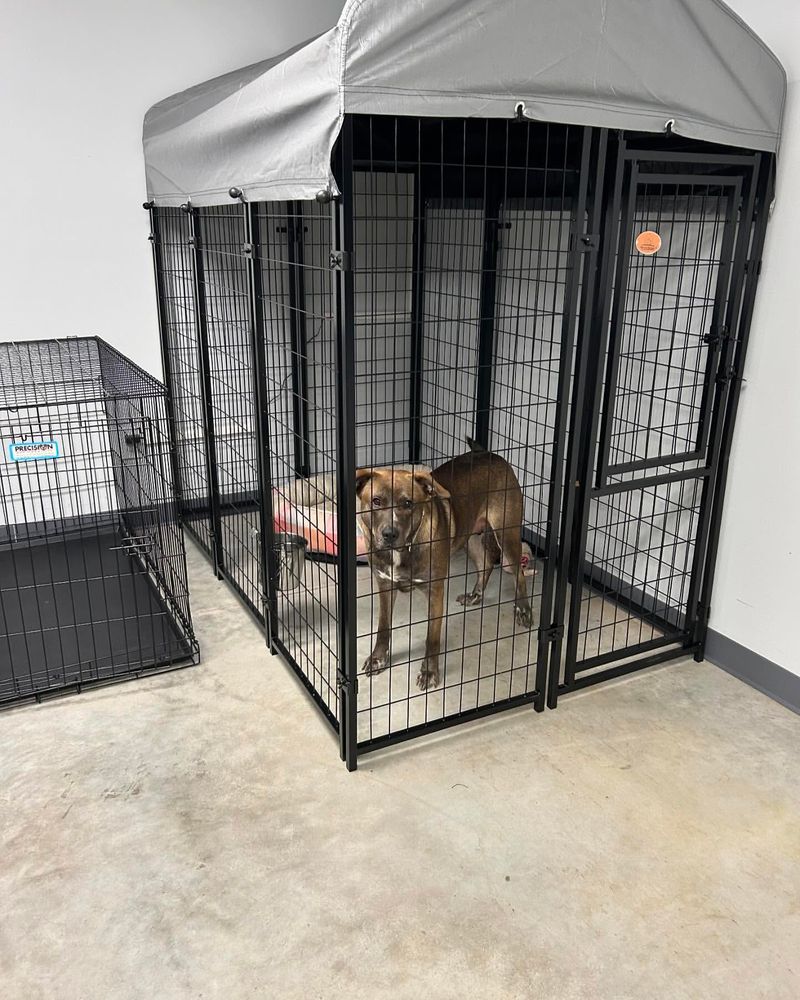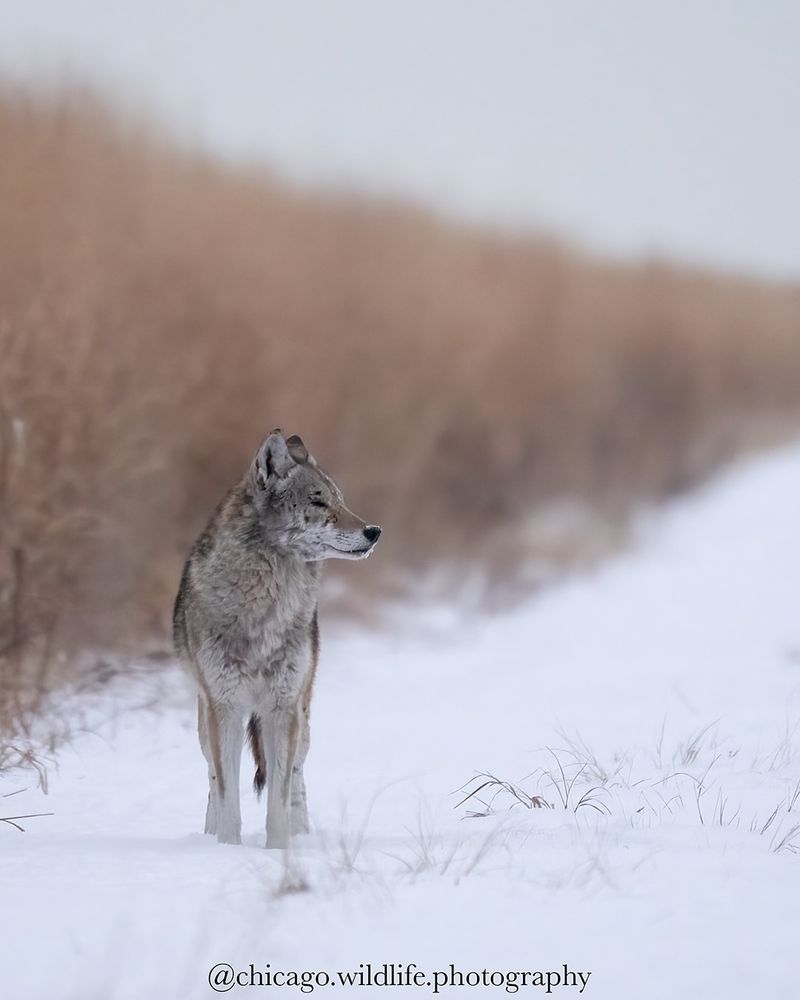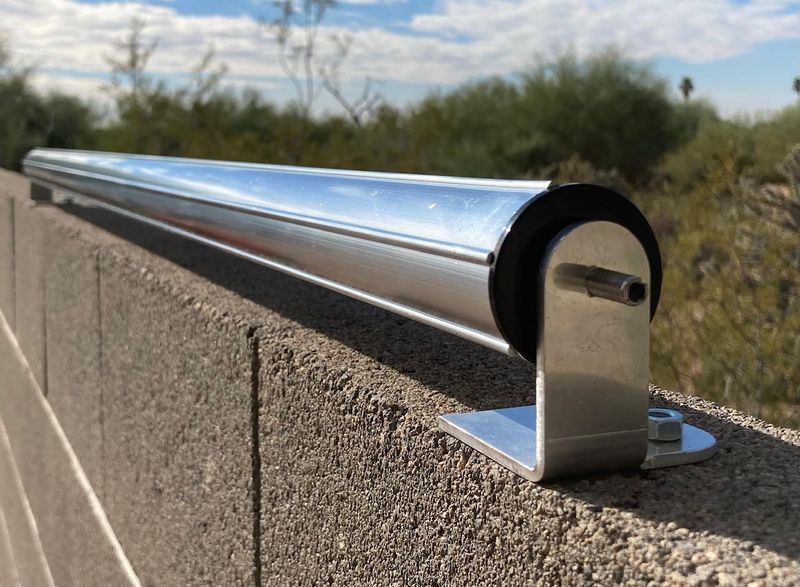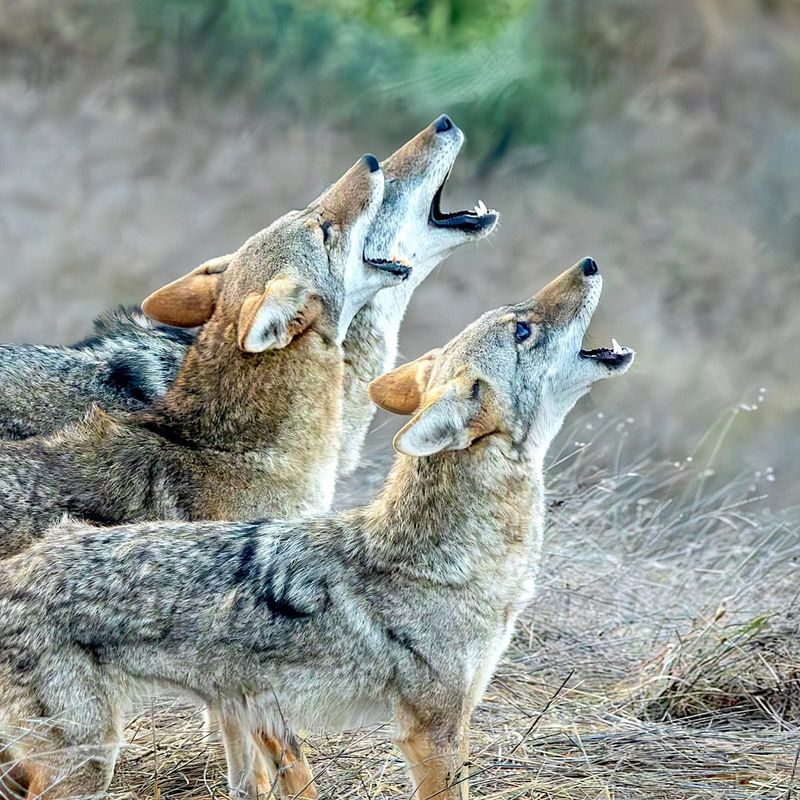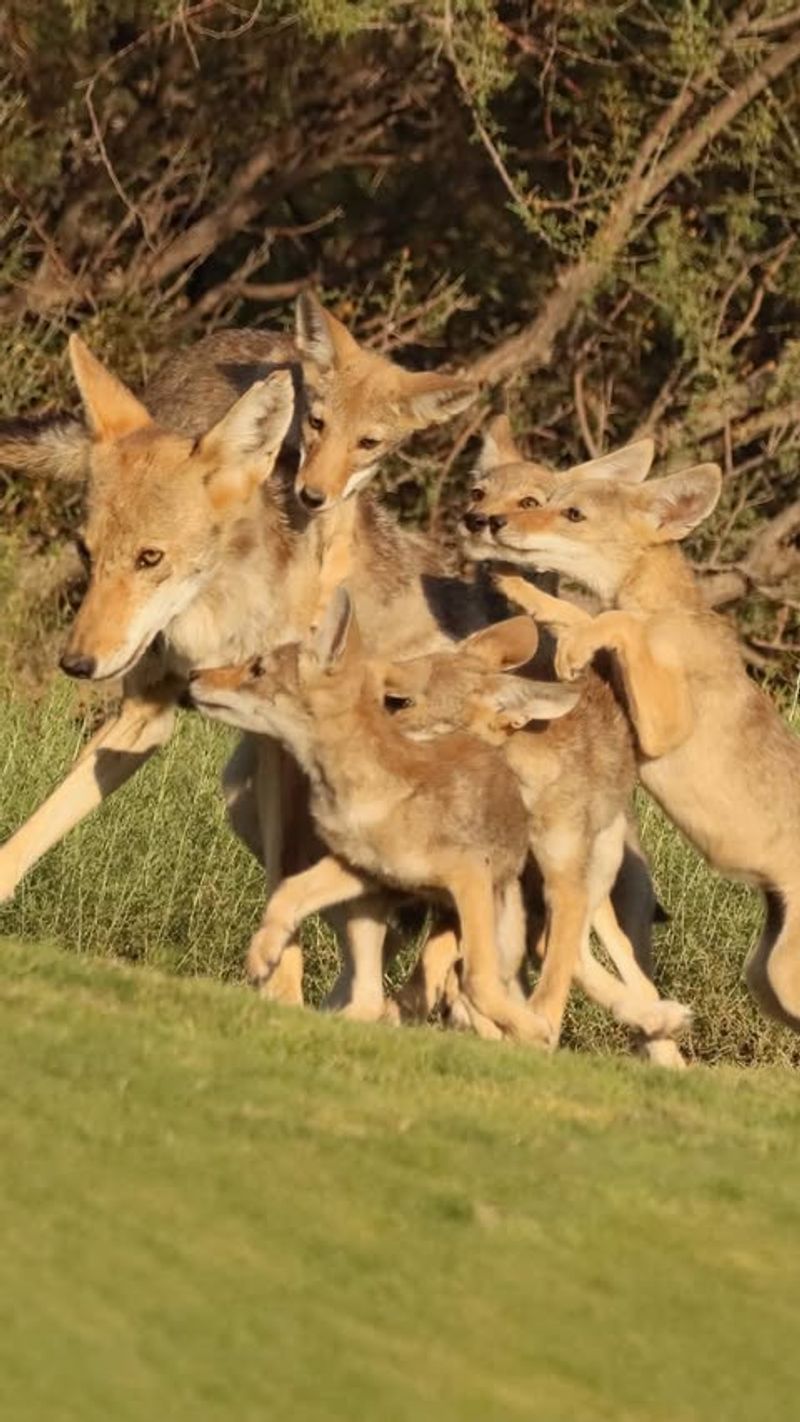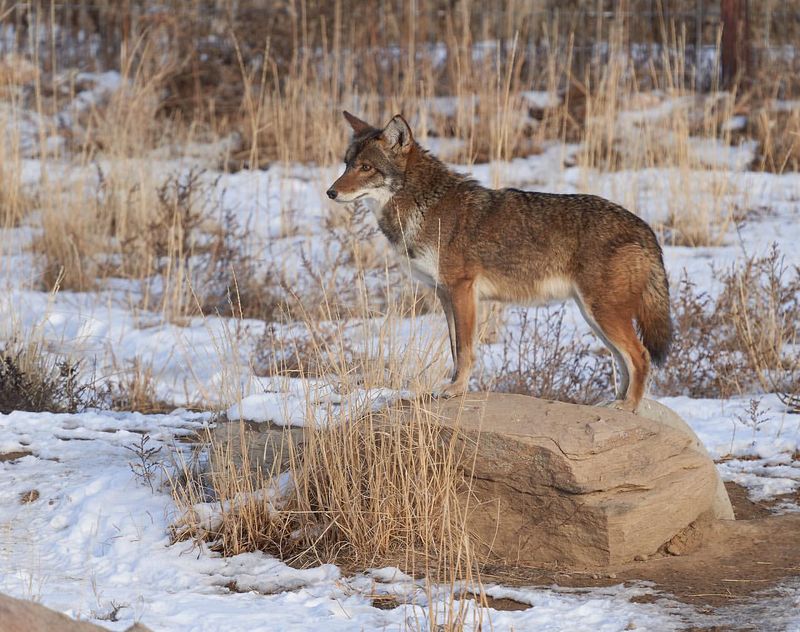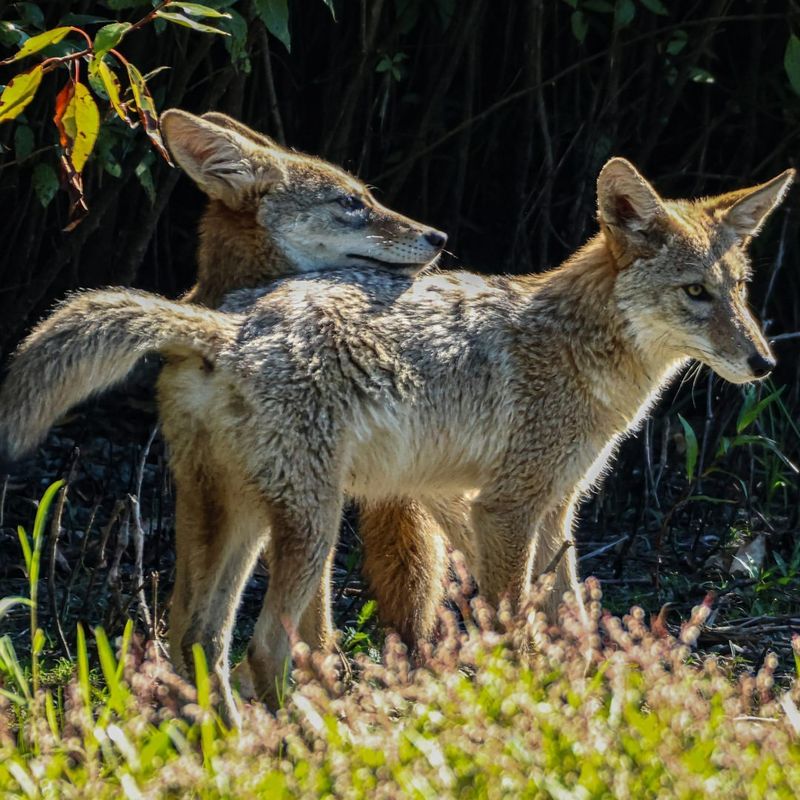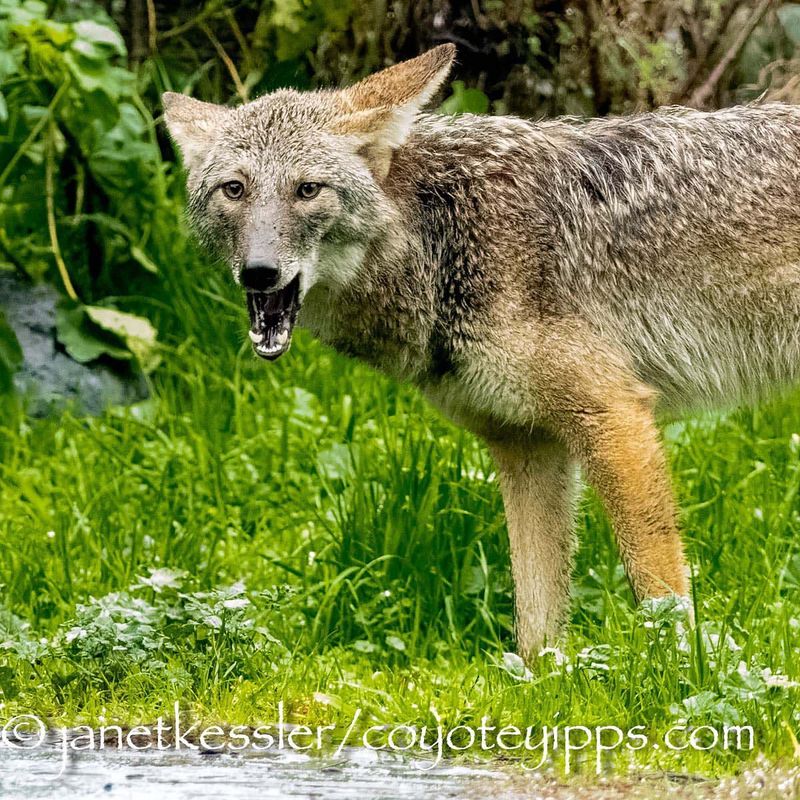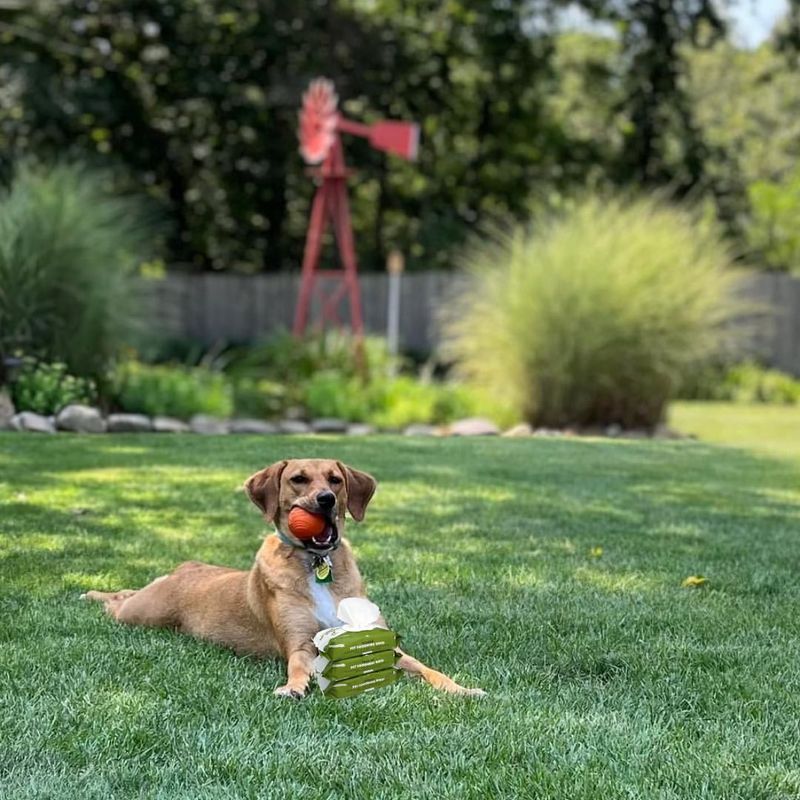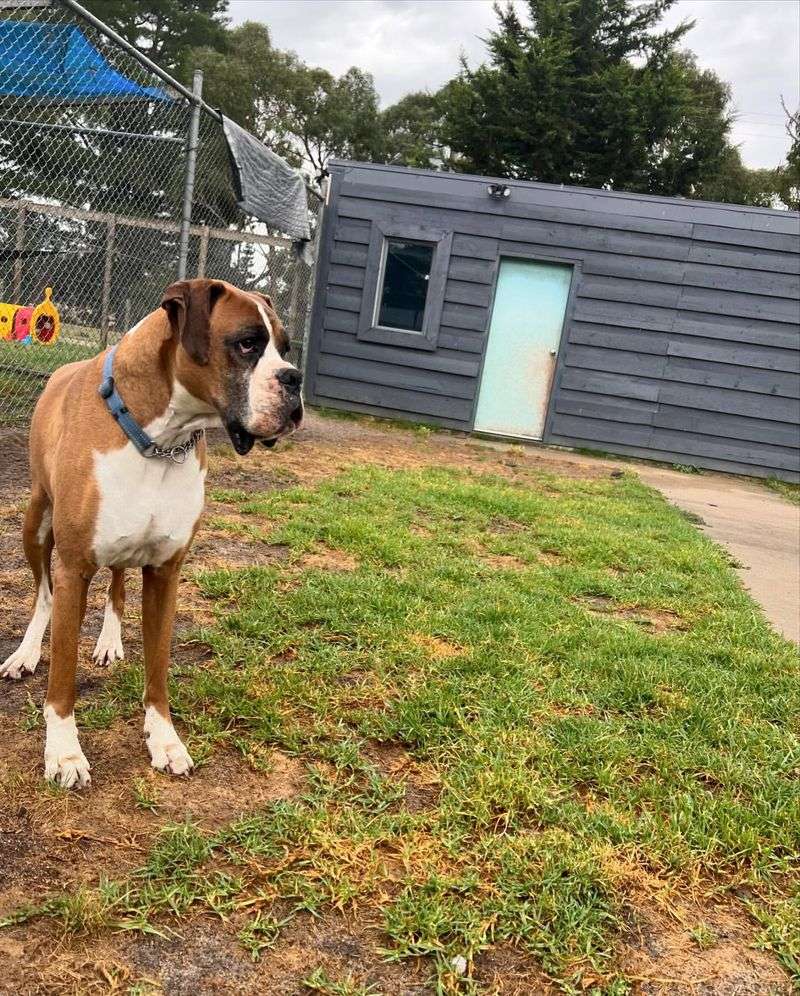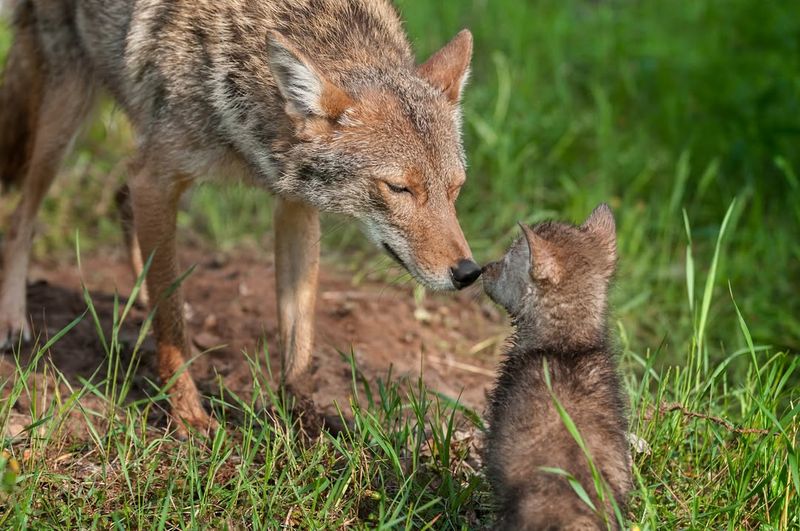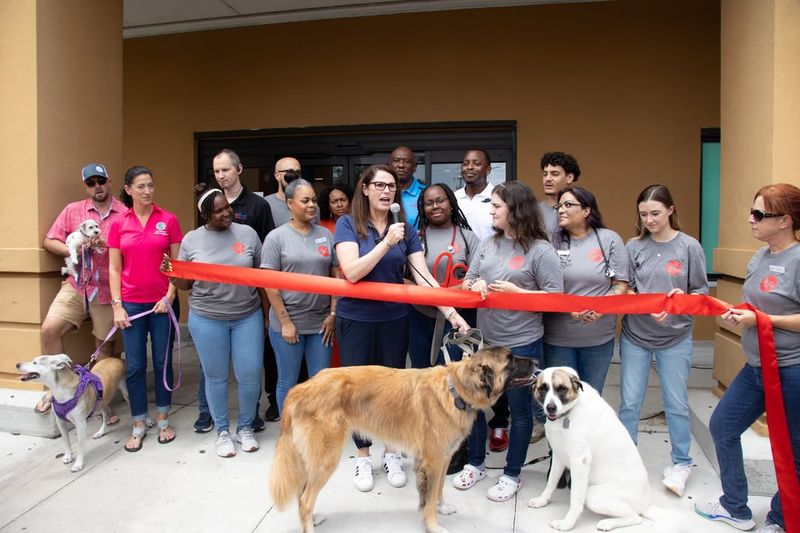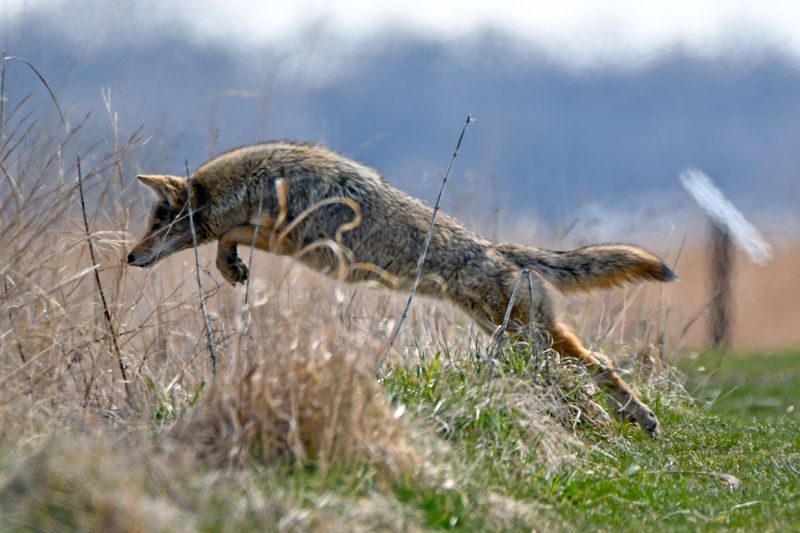Coyotes, though a natural part of the ecosystem, can pose threats to pets. As urban areas expand, encounters with these clever canines become more frequent. Understanding how to protect your dog from coyotes is crucial for any pet owner. This guide provides vital tips to ensure your furry friend remains safe and sound while enjoying the great outdoors. From understanding coyote behavior to implementing preventative measures in your yard, these insights will help you navigate the challenges of living in areas where coyotes are present. Explore these essential tips and take proactive steps for your pet’s safety.
Understand Coyote Behavior
Coyotes are highly adaptable creatures, known for their intelligence and survival skills. Understanding their behavior is crucial for keeping your pets safe. Typically shy, coyotes may approach neighborhoods in search of food. They are mostly nocturnal but can be active during the day. Observing them from a safe distance can provide insights into their habits. It’s essential to recognize that coyotes are curious but generally avoid human contact unless threatened. By learning about their behavior, you can better anticipate their actions and safeguard your pets. Awareness is the first step toward effective prevention.
Secure Your Yard
A well-secured yard is a frontline defense against coyote encounters. Ensure your fence is at least six feet tall, with no gaps or weaknesses that a coyote could exploit. Installing rollers or leaners at the top can further deter climbing. Regularly check for any signs of digging around the perimeter. Additionally, removing food sources like pet food or fallen fruit can reduce the attraction for coyotes. Motion-activated lights or sprinklers can also discourage their visits. By taking these steps, you create a safer environment for your pets to roam freely without the threat of coyotes.
Avoid Walking Alone at Night
Walking your dog during daylight hours reduces the risk of coyote encounters. Coyotes are more active at night, especially during dawn and dusk. If you must walk your dog after dark, use a leash and stay in well-lit, populated areas. Carrying a flashlight or noise-making device can also be helpful. Be vigilant and alert to your surroundings, avoiding secluded paths where coyotes may lurk. By adjusting your walking schedule, you minimize the chances of running into a coyote, keeping your pet safer. Safety is enhanced when you’re proactive about avoiding potential threats.
Use a Leash
Using a leash is a simple yet effective way to protect your dog from coyotes. It allows you to maintain control over your pet, preventing them from wandering into dangerous areas. Even in familiar locations, unexpected coyote encounters can occur. Keeping your dog close ensures that you can quickly intervene if a coyote approaches. Opt for a sturdy leash that provides a secure grip. In areas with known coyote activity, consider using a shorter leash for added control. This precaution not only safeguards your dog but also gives you peace of mind during walks.
Install Motion-Activated Lights
Motion-activated lights serve as an effective deterrent against coyotes. These lights can startle and scare off coyotes, reducing the chance of them approaching your property. Install lights around your yard’s perimeter, focusing on entry points and dark corners where coyotes might sneak in. Choose lights with a wide range and sensitivity settings to cover more area. Regularly test them to ensure they are in working order. By creating an environment that is less inviting to coyotes, you can significantly lower the risk of an encounter, providing added protection for your pets.
Keep Pets Vaccinated
Vaccinating your pets is vital for their protection against diseases that coyotes might carry. Rabies and distemper are two concerns when it comes to coyote interactions. Ensure your pets are up-to-date with their vaccinations by scheduling regular visits to the vet. Additionally, discuss any other preventive measures specific to your area with your veterinarian. Keeping detailed records of your pet’s vaccinations can help track when they are due for boosters. This proactive approach not only safeguards your pet’s health but also contributes to their overall well-being, ensuring they remain healthy and safe.
Do Not Leave Food Outside
Leaving food outside can attract coyotes to your property. Secure garbage bins with tight-fitting lids and bring pet food indoors after feeding. If you have fruit trees, regularly pick up any fallen fruit. Feeding pets outdoors should be avoided, as it can signal to coyotes that your yard is a reliable food source. It’s also wise to feed pets at consistent times and clean up immediately afterward. By eliminating these potential attractions, you can make your property less appealing to coyotes, reducing the likelihood of their approach and keeping your pets out of harm’s way.
Report Coyote Sightings
Reporting coyote sightings to local wildlife authorities helps track their activity and presence in your area. This information is crucial for managing coyote populations and implementing appropriate measures. Encourage neighbors to report sightings as well, creating a network of informed residents. Sharing information about coyote behavior and locations can enhance community safety. Wildlife experts can provide guidance on dealing with coyotes, ensuring the right precautions are in place. By staying informed and proactive, you contribute to the safety of both pets and people, fostering a community that is aware and prepared.
Supervise Pets Outdoors
Supervising your pets when they are outside is key to ensuring their safety. Coyotes are opportunistic predators and may seize the chance to approach unsupervised animals. Stay vigilant, especially during early morning and late evening when coyotes are most active. Keep your pets within sight and avoid leaving them alone in the yard. If necessary, use a long leash or a fenced-in play area. By maintaining a watchful eye, you can respond quickly to any potential threats, keeping your pets safe from harm and providing them with a secure environment.
Create a Coyote-Proof Enclosure
Building a coyote-proof enclosure is an effective way to protect your pets, especially if they spend significant time outdoors. The enclosure should have a roof and walls that are high enough to deter climbing. Ensure there are no gaps at the bottom where a coyote could dig under. Use materials like wire mesh for added security. Inside the enclosure, provide shelter and shade for your pets. Regularly inspect the structure for any wear or potential entry points. This dedicated space allows your pets to enjoy the outdoors safely, without the risk of coyote encounters.
Educate Your Family
Educating your family about coyote safety is crucial for maintaining a safe household. Children should understand the importance of staying close to adults when playing outside and should never approach or feed wild animals. Discuss the signs of coyote presence, such as tracks or scat, with older children and teens. Encourage family members to share sightings and experiences to stay informed. Reinforcing the importance of these precautions helps ensure everyone is prepared and proactive. A well-informed family can work together to implement safety measures and protect beloved pets from potential threats.
Install Coyote Rollers
Coyote rollers are a valuable addition to your fencing to prevent coyotes from climbing over. These cylindrical devices, installed at the top of fences, rotate when touched, making it difficult for coyotes to gain a foothold. They are particularly useful in areas with high coyote activity. Ensure that rollers are properly installed and regularly maintained. By adding this barrier, you enhance your yard’s defenses, making it a safer place for your pets. Coyote rollers are an investment in peace of mind, allowing your pets to enjoy the outdoors with reduced risk of coyote intrusion.
Carry a Whistle
Carrying a whistle during walks can be an effective way to deter coyotes. If you encounter a coyote, blowing a whistle loudly can startle them and discourage them from approaching. Keep the whistle easily accessible, such as attached to a keychain or lanyard. Practice using it so you’re prepared in case of an emergency. A whistle is a simple tool but can be very effective in alerting others to your presence and scaring off wildlife. This small precaution can make a big difference in ensuring a safe and enjoyable walk for you and your pet.
Know How to Scare Coyotes Away
Knowing how to scare coyotes away is essential for your safety. Making loud noises, such as clapping or shouting, can be effective. Waving your arms and appearing larger can also deter coyotes. If available, throwing small objects like sticks or stones (without aiming to harm) can encourage them to retreat. It’s important to stand your ground and not turn your back on a coyote. Practice these techniques with your family, ensuring everyone knows how to react. By confidently asserting your presence, you can discourage coyotes from approaching and protect your pets during encounters.
Be Aware of Breeding Season
Understanding coyote breeding season is crucial for heightened awareness. Typically, this occurs between February and March, leading to increased coyote activity. During this time, coyotes may be more territorial and protective of their dens. Be extra cautious when walking your pets and avoid areas known for coyote presence. Educate others about this seasonal behavior and encourage vigilance. By recognizing these patterns, you can adjust your routines and take additional precautions, reducing the risk of encounters. Being informed about breeding season ensures you’re prepared for any changes in coyote behavior.
Avoid Attractants in Your Yard
Reducing attractants in your yard helps prevent coyotes from visiting. This includes securing trash bins, removing pet food, and cleaning up fallen fruit or birdseed. If you have a compost pile, ensure it’s enclosed and not easily accessible. Avoid leaving out water sources that might draw wildlife. Regularly inspect your yard for items that could attract coyotes and make necessary changes. By maintaining a clean and tidy environment, you reduce the likelihood of coyotes being drawn to your property. These efforts contribute to creating a safe space for your pets.
Use Coyote Repellents
Coyote repellents are an additional tool for safeguarding your yard. These can include commercial sprays, granules, or homemade mixtures. Apply repellents around the perimeter of your yard, focusing on entry points. Regular reapplication is necessary, especially after rain. Consider using a combination of repellents for increased effectiveness. Be mindful of using pet-safe products to avoid harming your animals. By integrating repellents into your safety measures, you add a layer of protection against coyotes. This proactive approach helps keep your yard secure and minimizes the risk of encounters, ensuring your pets’ safety.
Maintain a Clean Yard
Maintaining a clean yard is a simple yet effective way to deter coyotes. Regularly remove debris, such as fallen leaves or branches, which can provide hiding spots. Trim overgrown bushes and trees to eliminate potential cover. Store outdoor items neatly to avoid creating attractive environments for wildlife. A well-maintained yard signals to coyotes that your property is not an easy target. Consistent upkeep reduces the likelihood of coyote visits, contributing to a safer outdoor space for your pets. By taking pride in your yard’s appearance, you also enhance its overall security.
Use Noise Deterrents
Noise deterrents can effectively discourage coyotes from approaching. Devices such as ultrasonic repellers or radios set to talk shows can create an environment that is unwelcoming to coyotes. Place them strategically around your yard, focusing on entry points. Regularly change the sound to prevent coyotes from getting used to it. Combining noise deterrents with other measures, like lights and repellents, strengthens your defense. This layered approach makes your property less attractive to coyotes, helping ensure the safety of your pets. By using sound strategically, you create a barrier that keeps coyotes at bay.
Know Local Wildlife Regulations
Understanding local wildlife regulations is essential for responsible coyote management. These rules outline what actions are permissible when dealing with coyotes, including deterrents or removal. Consult local authorities or wildlife organizations for guidance. Being informed ensures that you adhere to legal requirements while protecting your pets. Sharing this knowledge with neighbors can foster a community that respects and coexists with local wildlife. By complying with regulations, you contribute to sustainable wildlife management and enhance community safety. Awareness of local laws is a vital component of effective coyote prevention strategies.
Attend Community Meetings
Participating in community meetings about wildlife safety enhances collective knowledge and preparedness. These gatherings provide a platform to discuss coyote activity, share experiences, and learn from experts. Collaboration with neighbors can lead to effective solutions and heightened awareness. Encourage community initiatives, such as neighborhood watch programs or shared resources for coyote deterrence. By staying engaged, you contribute to a community that prioritizes the safety of pets and residents. These meetings foster a sense of responsibility and unity, empowering everyone to take action against potential coyote threats.
Keep Emergency Contacts Handy
Having emergency contacts readily available is crucial for swift action in coyote-related incidents. Save the numbers of local wildlife control, animal services, and veterinarians in your phone. Share these contacts with family and neighbors to ensure everyone knows whom to call if needed. Familiarize yourself with any online reporting tools or apps available for wildlife sightings. By being prepared with the right contacts, you can quickly address any issues or emergencies, ensuring the safety of your pets and community. This preparedness is a key step in effective coyote management.
